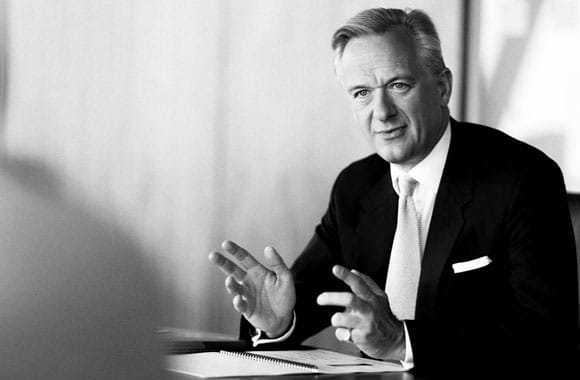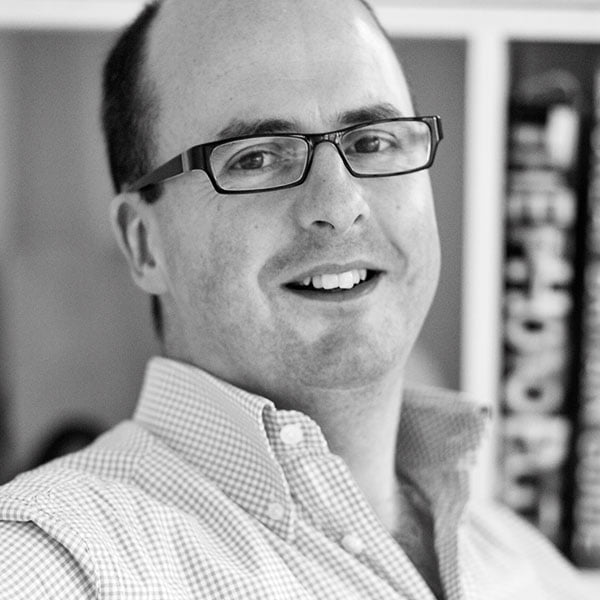Professional Business Portraits – How to Get the Best Photographs
Everyone has a camera these days, be it on their phone or some fancier piece of kit, and I’d guess that 95% of all the images taken are of a friend, colleague or relative if Facebook is anything to go by.
What is a professional business portrait?
These are all portraits, images that convey an expression and capture a moment. How do these differ from a business portrait? In a number of important ways.
Getting the right expression for the photograph
A photograph of an employee on a company website will be seen over a long period of time, probably 6 months to a year so has to be good. It has to convey a certain confidence, which is also inferred by the copy supporting that image. Strong copy carefully crafted by a PR agency set next to a Chairman looking very nervous will speak volumes, and not in the company’s favour either. Equally a banking partner for example laughing to camera in these straitened times will not be well received by the public or shareholders.
The ideal and always the hardest to achieve is a comfortable, relaxed genuine smile, something that conveys confidence in his or her ability but suggests that the person is receptive and capable.
The different phases of a portrait session
As a portrait photographer I have come to realise there are three phases to a portrait session, the first is a series of images that do not look strong at all, there may be small adjustments to be made to the lighting, be it the flash set up or moving towards or away from a suitable window etc. The subject is naturally more awkward as there is lots of alien kit in the office, large soft boxes, tripods and cameras with excessively fat lenses (see our new 85mm F1.2L blog post).
1. Winning the subject over whilst the lighting is adjusted
During these early minutes its vital that the photographer can ‘win the subject over’, by having a bit of knowledge about the company itself (read up on the journey in), the market in which they operate, or even their competitors.
2. The best photographs are taken
Once the subject of conversation is on home territory then the second phase is realised, this is when the best photographs are taken, and its important to be ready. There must be a number of shots taken with the body language to the left and then to the right, so as to sit on either side of a web page and ‘face’ the text, perhaps some sitting, standing, jackets on and jackets off. All this has to be done quickly, because hot on the tail is the third phase.
3. The CEO / business person starts to be distracted
The CEO is beginning to realise he/she hasn’t checked the ever blinking BlackBerry for the past ten minutes and threatens to break away from the position set for the portraits. The PA has been waving at the door about a conference call, that’s early. So the pictures once again revert to the ‘please hurry up and get on with it’ look and the shoot is more or less over.
The skill of the photographer
The skill as a photographer is to extend that middle section for as long as possible to get all the shots in the brief, then pack up and leave as quickly and quietly as possible to leave them to get on with their day, they will thank you for it.






